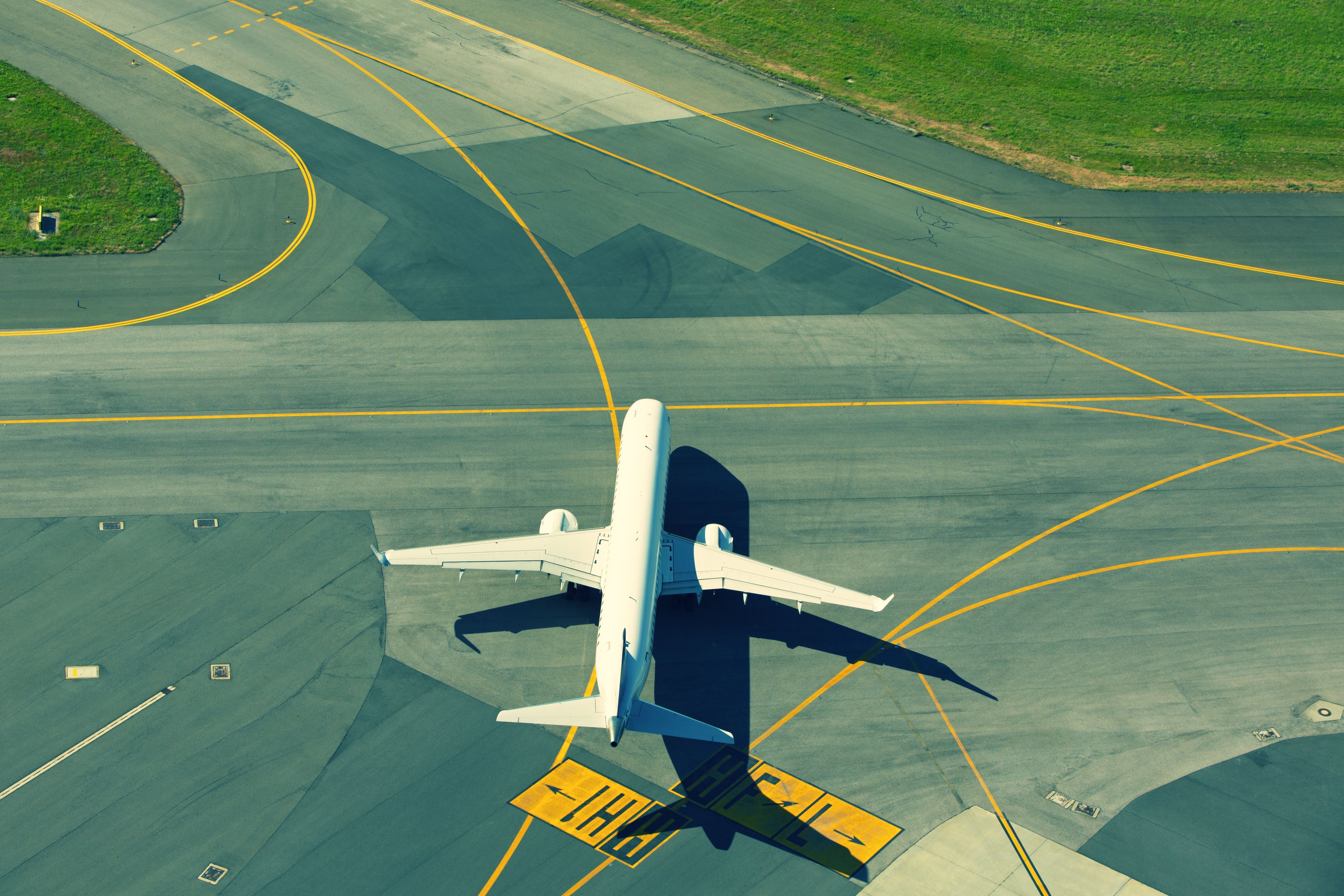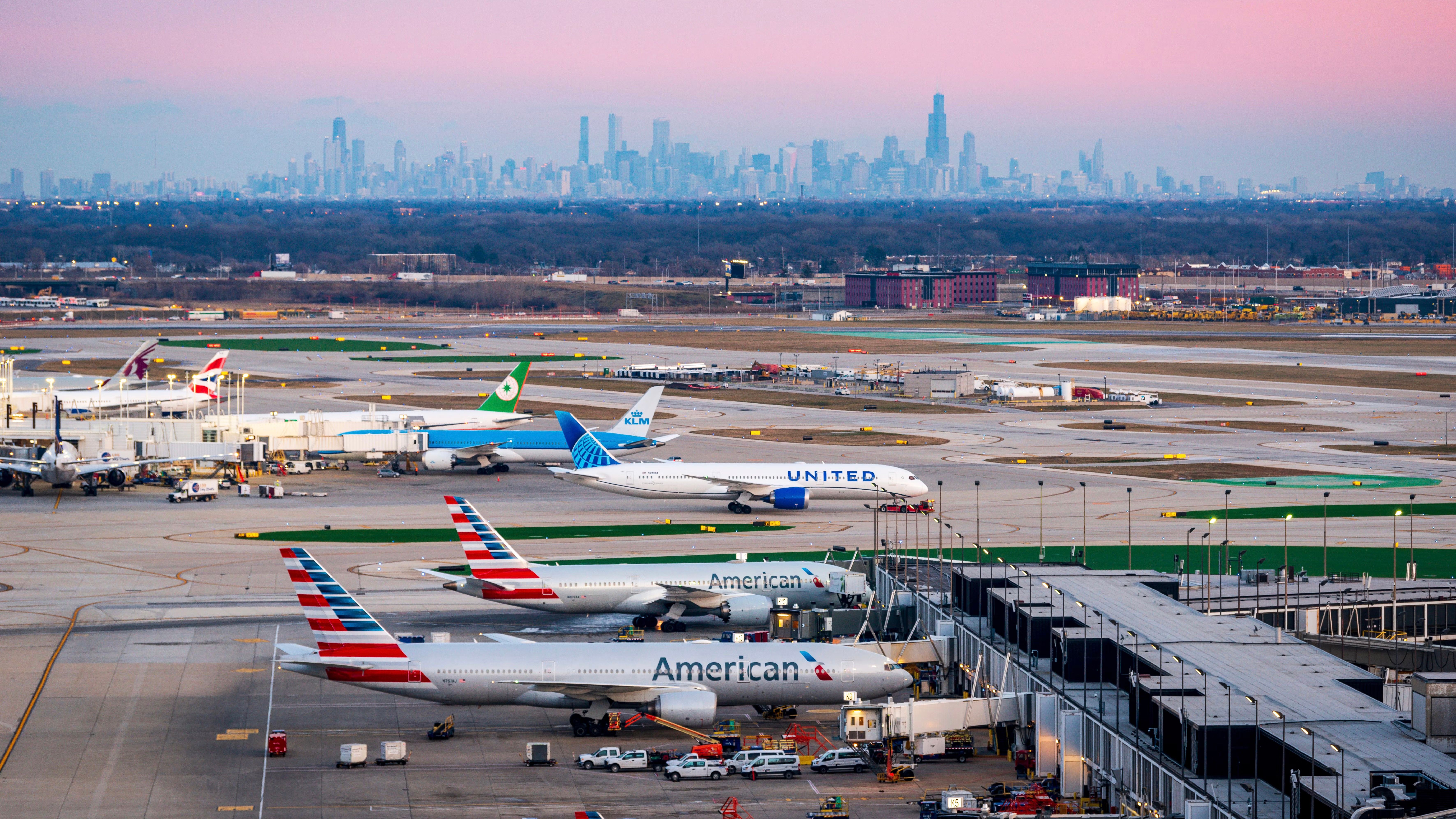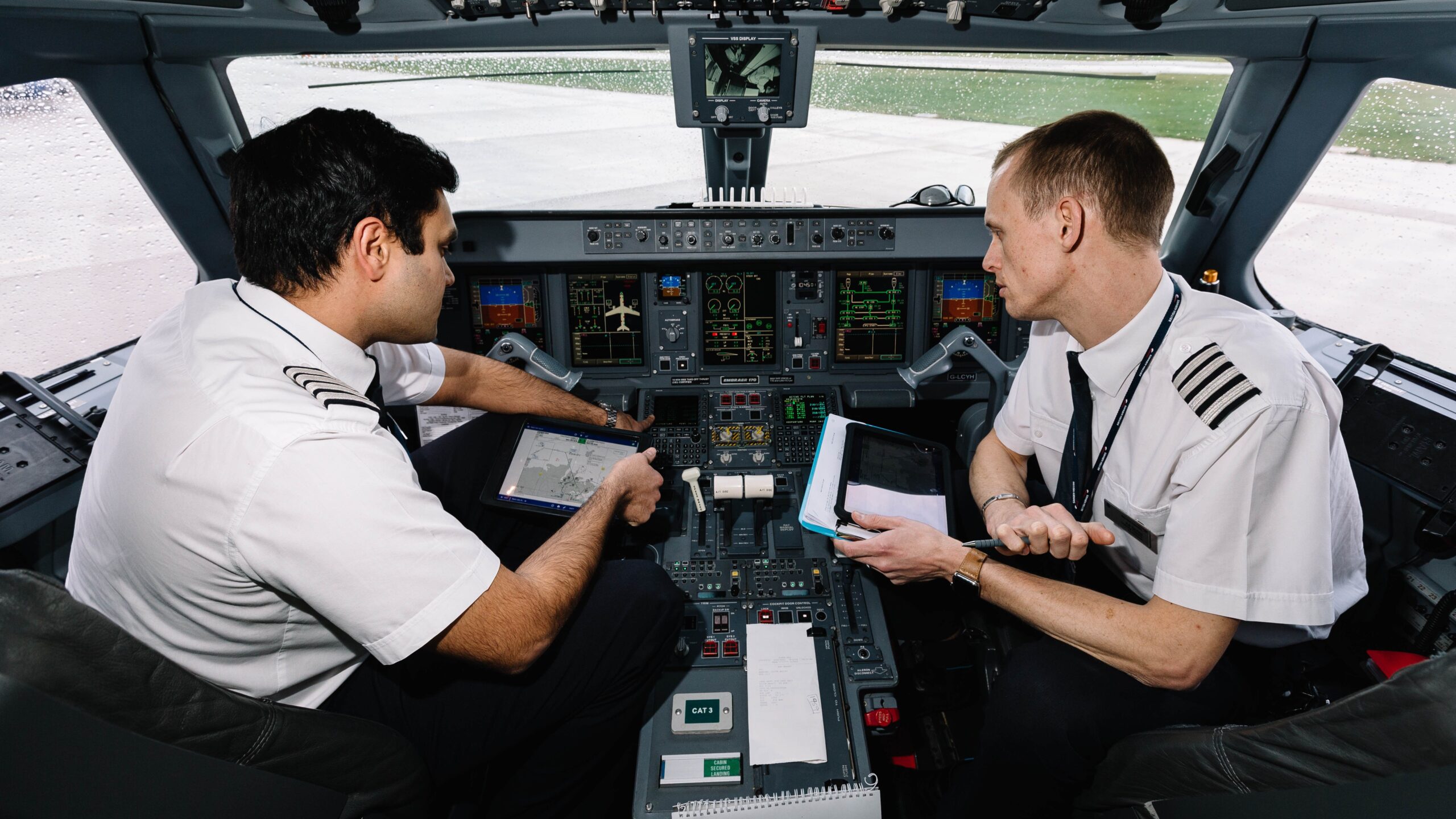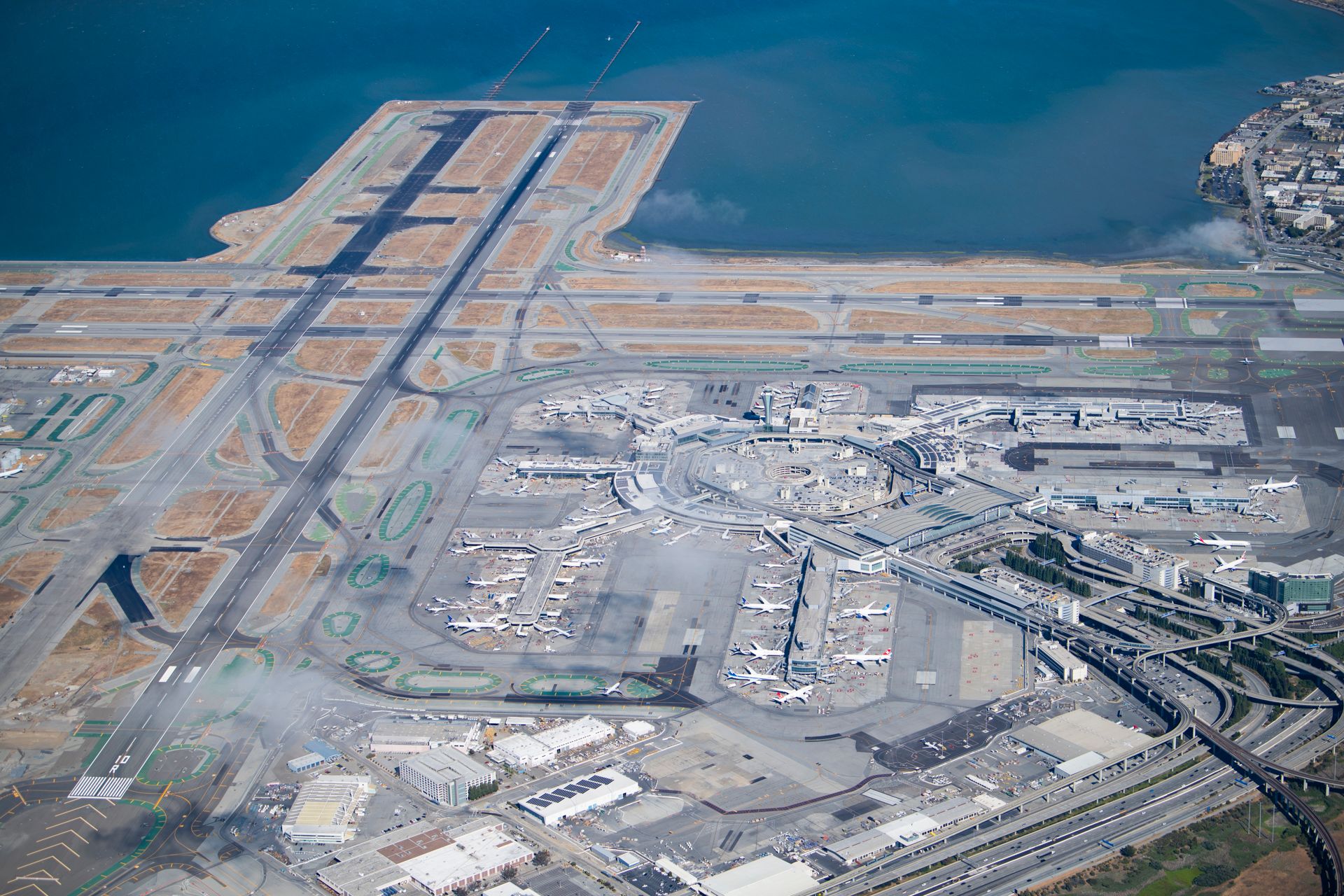Summary
- Pilots have different initial call procedures depending on airport size, with some requiring an added call to ‘metering’ controllers.
- Uncertainty in runway selection at large airports is common, leading pilots to prepare multiple scenarios for departure or approach.
- Standard taxi routes and additional procedures at airports require pilots to become familiar with each specific airport’s unique operations over time.
Airports worldwide share more similarities than differences. That said, airport operations differ significantly depending on the city, country, or continent. Many airports, especially the big ones, have operating procedures which are unique to them. This article will discuss some of these differences and provide a reference for how airline pilots get to know airports over time.
The initial call
One of the primary differences between airports is how pilots “get off the gate,” or receive clearance to push back and start the engines. Smaller regional airports require a simple call to the ground controllers, while other airports have uncontrolled ramp areas.
In this case, no call to the ground controller is required, but most pilots make a courtesy call to inform ATC that they are underway. This allows controllers to have their taxi clearance ready and check any delays that might exist for the flight’s destination airport.
Photo: American Airlines
At some larger airports, a primary call must be made to ‘metering.’ This dedicated controller generates ATC strips for every flight that calls them. They then place these strips denoting each flight into a queue from which the ground controllers work. The metering controller can sift through departures and hand them off to the proper controller if multiple ground frequencies are in use, depending on the flight’s first turn after departure.
Aside from metering and ground, ramp controllers are responsible for movement on the apron around the gates. At airports with ramp controllers, pilots’ first call will usually be to them. In addition, some airports require a call to ‘clearance delivery’ 10–15 minutes before pushback.
Photo: San Francisco Int’l Airport, Ryan Patterson
This is common at European airports and in Hawaii, among other places. The clearance delivery controller uses this information to predict the flight’s entry into the airspace and liaisons with regional controllers. This also helps meter applicable oceanic entries that might be required shortly after takeoff.
Predicting the runway
Uncertainty about the runway that will be used for takeoff and landing is common among large airports, as facilities like Atlanta, Dallas-Fort Worth, and Chicago O’Hare have multiple parallel runways. The ATIS information tells pilots which runways are used for landing and departing, but this is general information with numerous possibilities.

Related
How Do Pilots Know Where To Go When Taxiing?
How pilots keep their bearings straight on the ground.
Pilots who frequent these large airports either by being based there or working for an airline with hub operations at the field gain familiarity with the local procedures and use this as an expectation for runway selection. Though pilots might have a good guess as to which runway they’ll be assigned, it’s common practice at large airports to brief multiple departure or approach scenarios.
This way, if the runway assigned doesn’t match their expectations, the briefing component of the change is taken care of. Being correct about which runway their flight will use isn’t a big issue for pilots. However, having experience at large airports helps build a mental model of what to expect, streamlining the busy departure and arrival processes.
Taxi instructions
Taxiing is one of the most challenging parts of flying into and out of large airports. Especially after a pilot has spent plenty of time flying a plane for a particular airline, the most challenging task probably isn’t flying-related but rather has to do with arriving at or departing from an unfamiliar airport. The airports are massive, and the controllers expect that pilots know (or can quickly reference) standard taxi routes.

Related
Don’t Stop Moving: Why Chicago O’Hare Is A Unique Airport For Pilots
The quirks that make O’Hare special.
Many large airports have standard routes for taxiing. Dallas/Fort Worth, for example, has “inner,” “outer,” and “bridge” routes. Los Angeles and Phoenix have “north” and “south” routes. Atlanta has named “loops” and colors, like “Pink 3” or “Black 7.” The list could go on, but the point has been illustrated. Pilots need to know which standard taxi route(s) they are likely to get before calling ground to taxi or before landing.
Most airlines have agreed to participate in standard routing to increase airport efficiency. Therefore, controllers expect pilots to know precisely where to turn and when to change frequencies if given one of the preordained routes. Familiarity with an airport is invaluable for learning these routes by heart.
Additional procedures
Finally, there are hard-to-find (and sometimes implicit) instructions and expectations at particular airports. For example, every plane that departs Dallas-Fort Worth taxis from the ramp to a spot number (literally painted on the ground).
Most airports’ controllers expect pilots to call them from a spot, but DFW ground controllers call the pilots. If pilots call ground first, they stand the chance of being ignored briefly as a reminder of the operating procedure.
Some ramp controllers or operational management expect pilots to check the availability of their gate after landing before taxiing onto the ramp. This is true in most places, while a few airports will let pilots know that their stand is occupied via the ground or ramp controller while approaching the gate. Most of this information is available to pilots in their company pages on the electronic flight bag, but there’s nothing like going into an airport a few times to build familiarity with a place.
Flying into any new airport requires pilots to conduct thorough research and review procedures before they arrive. Even if operating at their home airport, pilots must remain weary of a clearance changing subtly that might catch them off-guard. The expectation bias built after performing the same taxi route hundreds of times is powerful, so close that active listening is required on every flight.
To really understand how a large airport functions, a pilot probably needs to fly in and out of it tens of times. At a minimum, they need to see how the controllers handle departures and arrivals from every usable direction (depending on wind conditions), have faced delays, experienced poor weather and departure backups, and flown through the airport at different times of the day.
It’s a subjective question, but it might take a few years of flying into and out of a major airport to understand all of its procedures and quirks, which are always subject to change.



